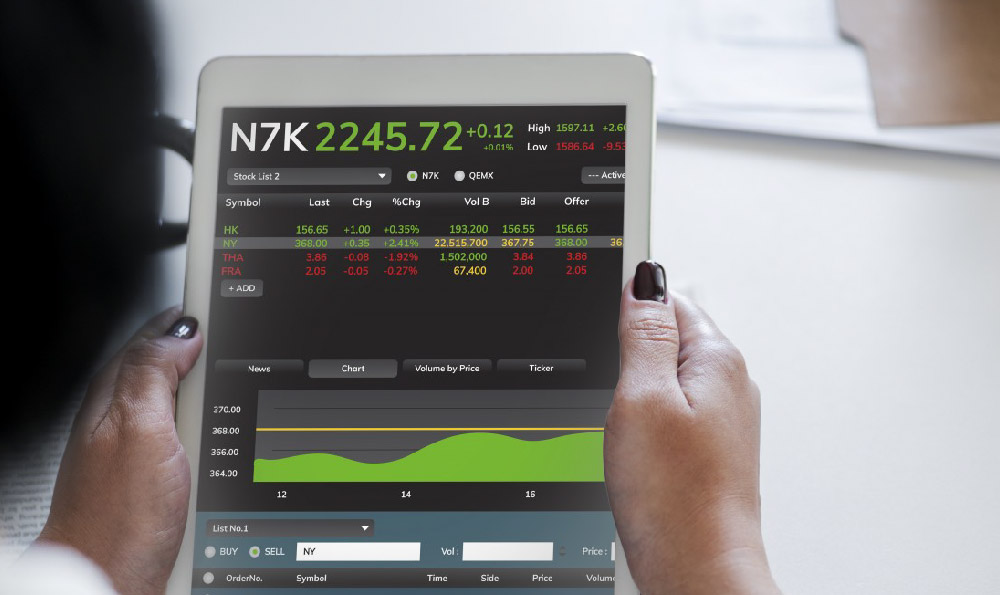Bitstamp IOU: Decoding the Intricacies of a Crypto Credit System
The world of cryptocurrency is rife with complexities, novel concepts, and sometimes, perplexing terminology. One such term that often surfaces in discussions about older crypto platforms is “Bitstamp IOU.” Understanding what a Bitstamp IOU is, how it functions, and its historical context is crucial for anyone delving into the earlier days of cryptocurrency exchanges and the challenges they faced.
In its essence, a Bitstamp IOU (I Owe You) represented a credit system used by the Bitstamp cryptocurrency exchange. It emerged as a workaround to limitations faced in handling traditional fiat currency transactions, particularly during periods of high demand or when the exchange encountered banking-related difficulties. Think of it as a promise from Bitstamp to its users, acknowledging that they held a certain amount of fiat currency (typically USD or EUR) on the exchange. This promise wasn't represented by actual currency residing within the user's account at that instant, but rather a digital token within the Bitstamp system that signified the exchange's obligation to provide the equivalent amount of fiat upon request.

Why were IOUs necessary? The early days of crypto exchanges were marked by volatility and regulatory uncertainty. Banks were often hesitant to work with these fledgling businesses, leading to significant challenges in processing deposits and withdrawals, especially in larger volumes. When Bitstamp experienced bottlenecks in fiat currency transactions, IOUs provided a temporary solution to keep the exchange operational and allow users to continue trading.
How Did Bitstamp IOUs Function in Practice?
The operational mechanism of Bitstamp IOUs can be broken down into the following steps:
-
Fiat Deposit Limitation: Imagine a user attempting to deposit a substantial amount of USD onto the Bitstamp exchange during a period when the exchange's banking channels were congested.
-
Issuance of IOU: Instead of rejecting the deposit outright, Bitstamp would issue the user an IOU representing the equivalent amount of USD. This IOU was reflected as a balance within the user's Bitstamp account.
-
Trading with IOU: The user could then utilize this IOU balance to trade cryptocurrencies on the exchange, just as if they had deposited the actual USD. The IOU effectively acted as a proxy for fiat currency within the Bitstamp ecosystem.
-
Redemption: The user could later redeem the IOU for actual USD (or EUR) when the exchange's banking infrastructure was less strained. This redemption process involved initiating a withdrawal request, and Bitstamp would then process the withdrawal once the necessary funds were available.
The risks associated with Bitstamp IOUs were primarily linked to the solvency and operational stability of the Bitstamp exchange itself. If Bitstamp were to face financial difficulties or be subjected to a major security breach, the value of the IOUs would be at risk. Users holding significant IOU balances could potentially face difficulties in redeeming them for their equivalent fiat value.
Furthermore, the value of an IOU was inherently tied to the trust placed in Bitstamp's ability to honor its obligations. Any loss of confidence in the exchange could lead to a devaluation of the IOU, as users might become skeptical about their ability to redeem them in the future.
The Legacy of IOUs in Cryptocurrency Exchanges
Bitstamp's use of IOUs is not unique. Other early cryptocurrency exchanges also employed similar mechanisms to address fiat currency transaction challenges. These practices highlight the early challenges faced by these platforms as they navigated a nascent and largely unregulated landscape.
Today, the use of IOUs in cryptocurrency exchanges is far less prevalent. As the cryptocurrency industry has matured, exchanges have generally established more robust banking relationships and implemented more sophisticated systems for managing fiat currency transactions. However, understanding the historical context of IOUs provides valuable insights into the evolution of crypto exchanges and the innovative solutions they developed to overcome early challenges.
What to Consider Before Trading on Any Exchange
Even though IOUs are rare now, it’s critical to perform due diligence before trading on any exchange:
-
Reputation and Security: Investigate the exchange’s reputation, security measures, and history of breaches.
-
Regulation and Compliance: Assess whether the exchange complies with relevant regulations and legal requirements.
-
Liquidity and Trading Volume: Analyze the exchange’s liquidity and trading volume for the cryptocurrencies you’re interested in.
-
Fee Structure: Understand the exchange’s fee structure, including trading fees, withdrawal fees, and deposit fees.
-
Customer Support: Evaluate the quality and responsiveness of the exchange’s customer support.
Bitstamp IOUs serve as a reminder of the innovative, and sometimes risky, solutions that emerged in the early days of cryptocurrency exchanges. While these systems are largely a relic of the past, understanding their function and associated risks provides valuable context for understanding the ongoing evolution of the cryptocurrency industry and the importance of conducting thorough research before entrusting funds to any platform. The lessons learned from the IOU era underscore the importance of transparency, security, and robust financial management within the crypto space. By understanding these historical challenges, investors can make more informed decisions and navigate the complexities of the modern cryptocurrency market with greater confidence.












